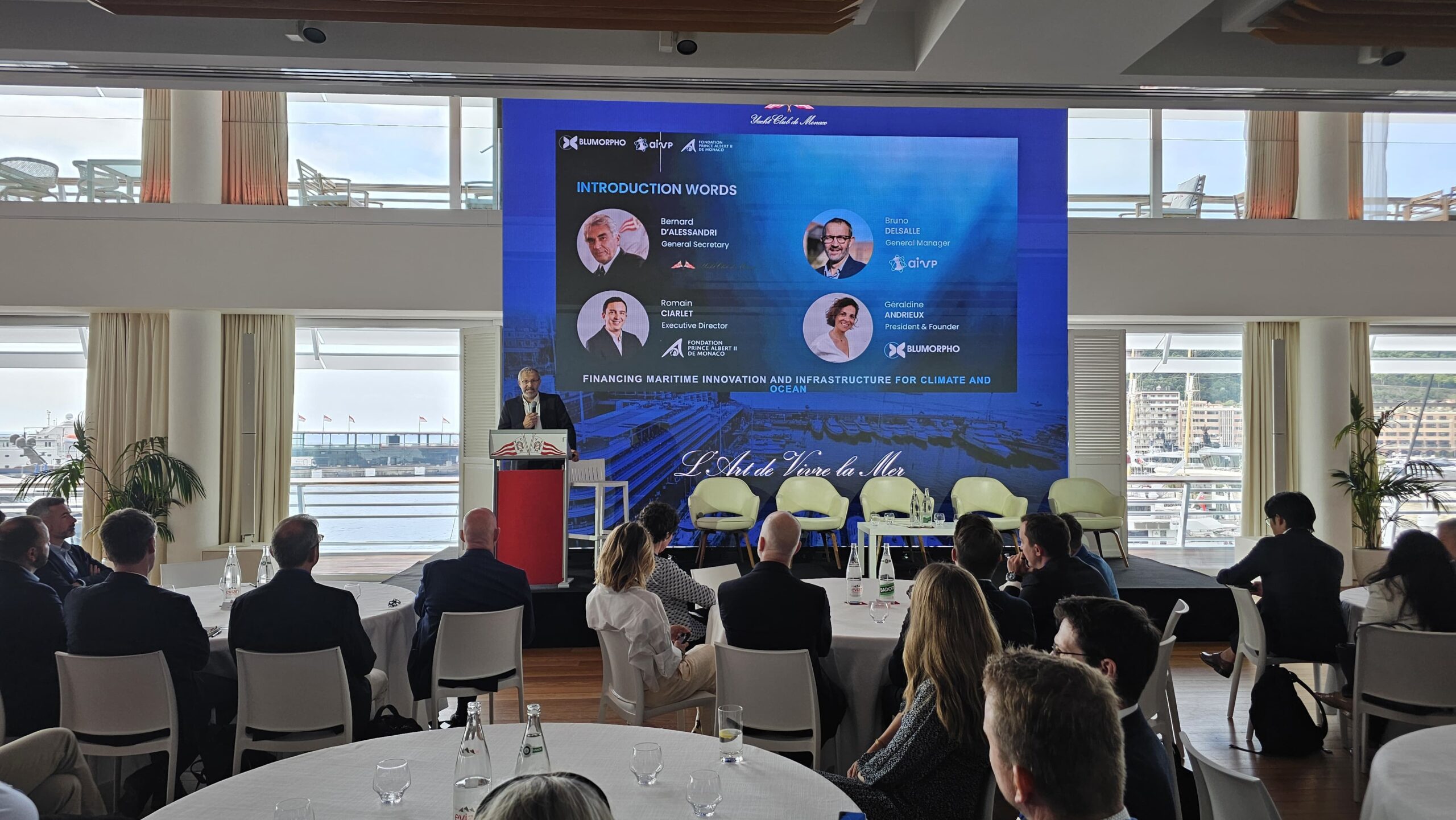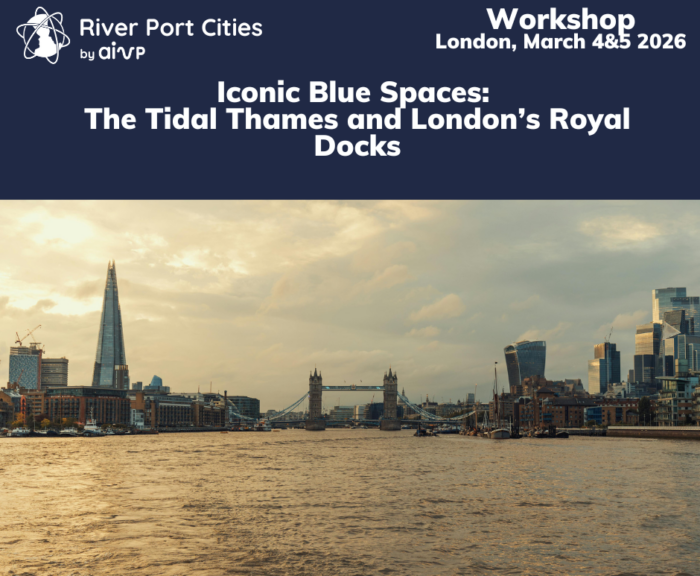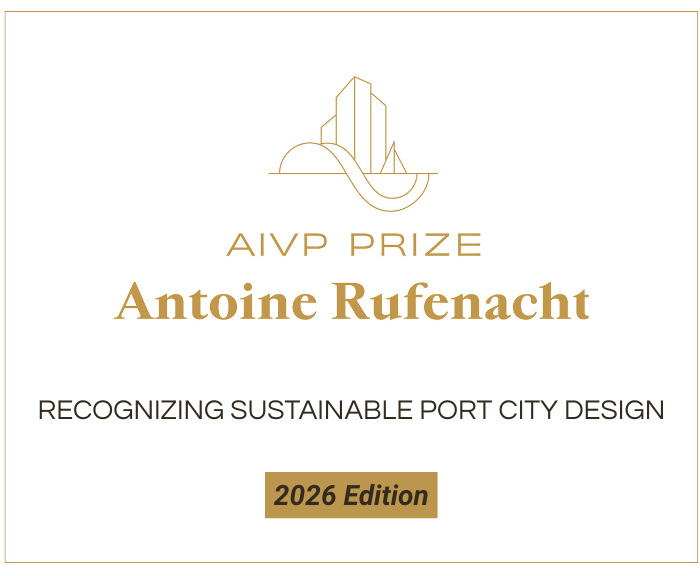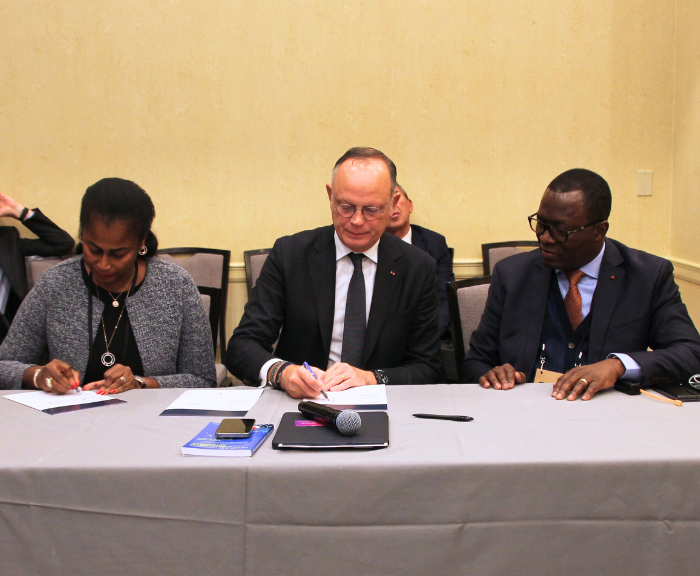Context and Purpose
Led by BLUMORPHO with the support of AIVP (Association Internationale des Villes Portuaires) and the Prince Albert II Foundation, the initiative “Financing Maritime Innovation and Infrastructure for Climate and Ocean” brings together stakeholders from urban-port ecosystems, innovative companies, corporates, and financial institutions. Its core objective is to foster collaboration in designing and implementing tailored financing mechanisms that meet the complex needs of each stakeholder, with the ambition to accelerate the ecological and societal transition of port cities.
1. Port Cities as Orchestrators of the Transition
From our ongoing discussions with port city stakeholders, it is clear that their ambitions go well beyond maritime decarbonization and energy generation. Port cities are no longer merely transit points, they are becoming strategic platforms for the post-fossil industrial transition. Through the development of industrial parks and the structuring of resilient, circular value chains, including carbon capture, alternative fuels, and ship refit, they are maximizing their impact on the energy and ecological transition.
This transformation is not purely environmental; it also addresses societal challenges such as inclusion, safety, employment, and public health. In this respect, port cities are emerging as central actors in both climate and social resilience, with strong governance capacity and significant potential for public-private cooperation. Their ability to integrate adjacent economic sectors, such as aquaculture, tourism, and biodiversity protection, further strengthens their role as orchestrators of systemic transformation.
2. Port Cities as Catalysts for Scalable Impact
Innovation is essential for port ecosystems to achieve their economic, environmental, and societal goals. Ports such as San Diego, Bordeaux, and Barcelona are paving the way through collaborative models with start-ups—frequently co-investing in demonstration, pilot, and scale-up phases.
Innovation spans a wide range of domains, from nature-based solutions to artificial intelligence and data-driven approaches to operational efficiency and resilience planning.
The scalability of these innovations often depends on an ecosystemic approach: full value chains must be built—from production to final use—to unlock profitability. Whether focused on renewable energy, aquaculture, carbon sequestration, circular economy strategies, or sustainable tourism development, ecosystem thinking turns port cities into reliable, high-potential investment zones.
3. The Role of Finance: Opportunities and Momentum
This initiative has demonstrated that when investment opportunities are well structured, financing follows. Examples include:
• Republic Bank, which has integrated the financing of green port infrastructure into its sustainability strategy.
• The Catalytic Finance Foundation, now launching a dedicated fund for the decarbonization of ports and maritime infrastructure.
• Ongoing dialogue with the Global Green Growth Institute (GGGI) around mechanisms such as blue bonds and climate bonds to support ecosystem-wide port projects.
Port cities generate a project pipeline aligned with the ESG (Environmental, Social, and Governance) expectations of financial actors.
Instead of asking how much funding is needed to support the eco-transition and decarbonization, the real question is: how do we design viable business models that ensure bankability and scalability?
Current work is advancing with port cities such as Freeport of Riga, Port of Bordeaux, and Port of Kribi, among others.
4. Preliminary Conclusions and Next Steps
The first phase of this initiative confirms that:
• The eco-transition of port cities is inseparable from their roles as economic engines and innovation hubs.
• Governance capacity is a key advantage, enabling port cities to orchestrate cross-sectoral transitions.
• The growing interest shown by financial actors confirms the increasing attractiveness of port cities and their potential to drive more private investment
Conclusion
Port cities are uniquely positioned to lead both environmental and societal transitions. Their governance capacity, ecosystemic reach, and innovation potential make them not only vital actors for climate action—but also increasingly attractive to private and institutional investors.
The momentum generated by the “Financing Maritime Innovation and Infrastructure for Climate and Ocean” initiative will be sustained through the deployment of concrete projects and the alignment of strategic capital with long-term climate and societal goals.






